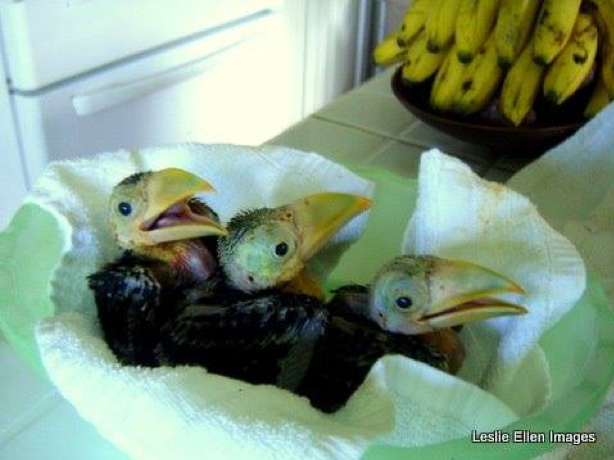-
About
- Leadership & Faculty
- News & Events
-
Academics
- Graduate
- Advanced Clinical Training
- Continuing Education
- Academic Departments
- Academic Offices
- Simulation Experiences
-
Student Life
- Offices
-
Research
-
Hospitals & Clinics
- Emergency Care
- Hospital Services
-
Community Outreach
- Volunteer
From Cages to Trees: Lessons from the Toucan Rescue Ranch
I completed my externship at the Toucan Rescue Ranch mostly to educate myself about the pet trade, which can do a great deal of damage to wild populations of birds, mammals, reptiles, and amphibians.

Lucas Stegman MCM’17 Details his Summer Externship at the Toucan Rescue Ranch
Every morning begins with the excited footsteps of Hershey as he clambers from branch to branch, greeting us with grunts as we walk up the driveway. Hershey is a tayra, a large member of the weasel family found throughout Central and South America. However, he always reminded me of a small, enthusiastic dog. He was kept as an attraction at a hotel in Costa Rica where guests would be able to play with and harass him. When he became too aggressive to keep as a pet, his owners surrendered him to the Ranch, where he’s lived ever since. Aggression issues like Hershey’s are a common side-effect of captivity, reinforcing the reasoning that wild animals cannot be kept as pets.
Hershey’s story begins where so many stories here at the Toucan Rescue Ranch begin: with the exotic pet trade.
Exotic Pets: Where Do They Come From?
I will be upfront about it. I grew up in a house with exotic pets. My family had macaws, cockatiels, lizards, snakes; a veritable menagerie of exotic animals. My mother and father tried to provide the best home that they could for our ‘zoo’, but it always left me wondering about where these animals came from.
The answer is a complicated one. In the United States, it is largely illegal to import animals that are classified as endangered and (as of 1992) illegal to import most parrots. These laws were enacted due to a history of cruel trafficking practices that would sometimes leave up to 70% or more of the trafficked animals dead.
That has not solved the problem, however. Conditions in captive breeding mills for birds and reptiles are often cramped and horrific. Punishments for trafficking and possession of illegal wildlife have been criticized for their lack of severity. Illegally traded parrots still flow into the United States at the rate of several hundred thousand per year, often from tropical nations.
However, the exotic pet trade is different in nations like Costa Rica. Here, most wildlife is not traded internationally; instead, the vast majority of animals in Costa Rica are kept domestically within the nation. Though the total number of captive pets in Costa Rica may be in decline due to harsher penalties imposed by the government, it still remains an issue—which is where the Toucan Rescue Ranch comes in.
The Toucan Rescue Ranch
I completed my externship at the Toucan Rescue Ranch mostly to educate myself about the pet trade, which can do a great deal of damage to wild populations of birds, mammals, reptiles, and amphibians. My MS in Conservation Medicine case study focused on the effects of the exotic parrot trade on wild populations, human health, and the natural environment, so I decided to get some experience working directly with the animal victims of pet trafficking.
The Toucan Rescue Ranch, located in the Heredía Province of Costa Rica, is a rehabilitation and sanctuary center for Costa Rican wildlife. The Ranch was started in 2004 by Leslie Howle and Jorge Murillo as a sanctuary for toucans and parrots. However, it has since expanded to include dozens of different species (and has become focused on rehabilitation and release whenever possible). At the ranch, we care for a wide variety of birds and mammals including sloths, toucans, parrots, big cats, and raptors. The animals at the ranch come from all different backgrounds—some of our raptors are victims of car accidents or hunting, whereas sloths are often brought in to deal with wounds from electrocution or dog attacks. However, many of our animals, especially toucans, parrots, and cats, are victims of the pet trade, so I was able to get firsthand exposure.
Being here has been such an invaluable experience. It was a little bit daunting coming here for a month on my own, but I found such a welcoming environment among my fellow volunteers and the employees at the TRR. I’ve gained some firsthand experience working with victims of the exotic pet trade, been able to watch animals being released into their natural habitats, and networked with people who are extremely knowledgeable about wildlife law, the field I aspire to work in.